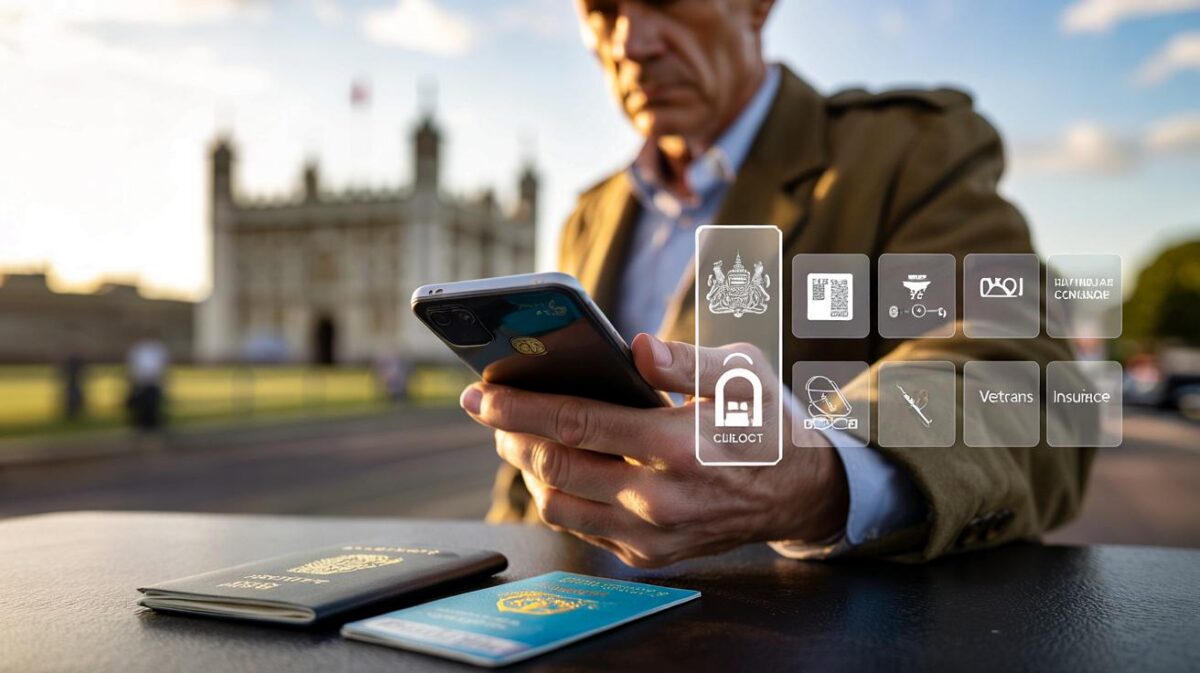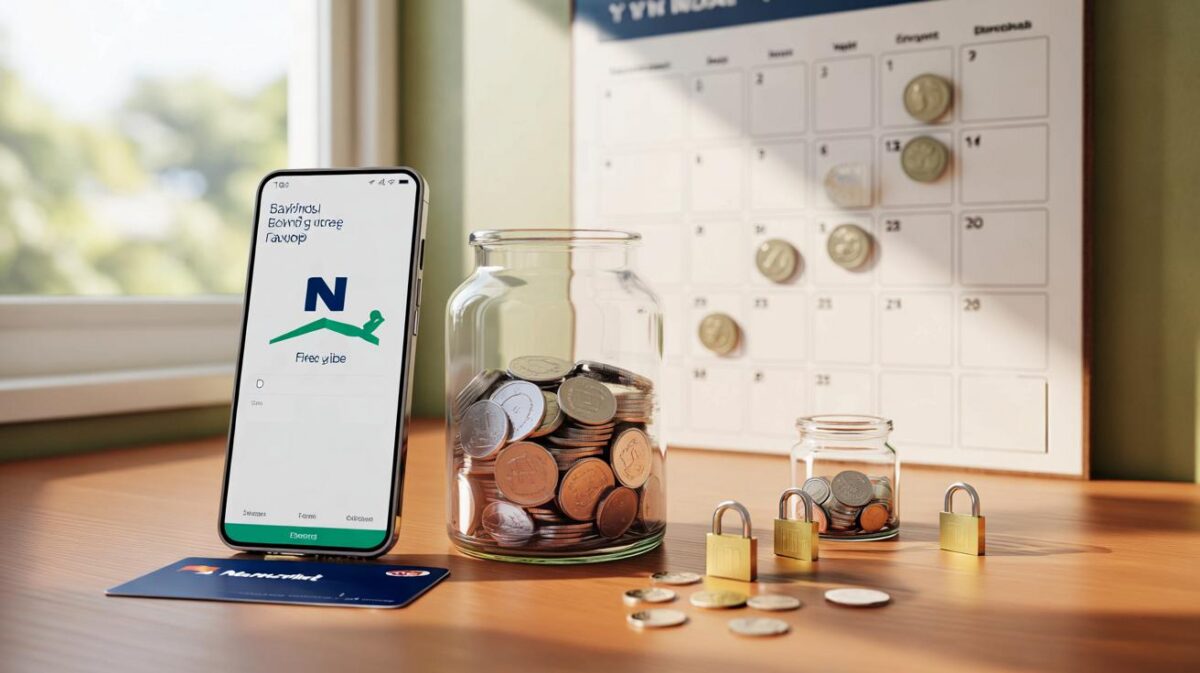A thrifty winter helper is incoming.
Lidl is preparing to roll a Silvercrest heated throw into its Middle of Lidl aisle next week, and the timing is pointed. Martin Lewis has championed this style of targeted warmth for years, and the numbers behind it still turn heads. It is compact, low‑watt, and built to warm people rather than rooms. That combination makes it a queue‑at‑opening sort of buy when the first frosts arrive.
What’s coming to the middle of Lidl
The incoming heated throw sits in the “plug in, feel it fast” category. Expect fleecy fabric, slim heating elements, a detachable lead, a handheld controller, and a safety cut‑off. The wattage typically falls between 100W and 160W. That matters for running cost. Most models offer multiple heat levels and a timed shut‑off so you can warm up, then coast.
Lidl’s Silvercrest gear has a reputation for value, and this slot lands as temperatures dip and budgets feel tight. Stock can be limited; Specialbuys often sell quickly, especially in a cold snap.
Heat the human, not the home. Direct warmth can cost pennies per hour and still feel properly snug.
Why this gadget matters now
Energy prices might have eased from last winter’s peak, but unit rates remain punchy for many households. Heating the whole house to lift the chill in one room is expensive. A heated throw shifts the logic. You put heat where you are, at the moment you need it, and you turn it down once your core feels warm.
That is the Martin Lewis approach in practice: keep warmth close, limit waste, and use the boiler sparingly. For people working from home, students in shared houses, and anyone on a fixed income, that control can make uncomfortable evenings bearable.
How little it costs to run
At the current ballpark unit rate of about 25p per kWh, a 120W throw on a mid setting uses 0.12kWh per hour. That’s roughly 3p for each hour you sit under it.
Three hours each evening for a month at 120W is around £2.70. At 160W, it’s about £3.60.
By comparison, a 2kW fan heater eats 2kWh per hour, which is about 50p on the same rate. An oil‑filled radiator at 1kW sits near 25p per hour once it cycles. Those devices can be useful, but they do a different job: they fight the whole room, not your shoulders, lap and feet.
| Device | Typical power | Approx cost per hour at 25p/kWh | Best use case |
|---|---|---|---|
| Heated throw | 100–160W | 2.5–4p | Sofa, desk, reading chair |
| Electric blanket (bed) | 60–120W | 1.5–3p | Pre‑heating bedding |
| Oil‑filled radiator | 800–1500W | 20–38p | Small room for longer periods |
| Fan heater | 2000W | 50p | Quick blasts of room heat |
Tariffs vary by region and supplier. Always check your own unit rate for a precise figure.
How to get the most warmth for pennies
Build a warm pocket
- Pre‑heat the throw for five minutes before you sit down.
- Tuck the edge under your thighs, then fold over knees and midriff to trap air.
- Keep your back off draughts; a small gap behind the sofa helps.
- Pair with thick socks and a hot drink to boost circulation.
Dial settings with intent
- Start higher for ten minutes, then drop to low once your core feels warm.
- Use the timer; falling asleep “toasty” can mean waking too hot.
- Don’t sit on a bunched throw; keep it flat so heat distributes evenly.
What to check on the box
- Wattage: 100–160W hits the sweet spot for comfort and cost.
- Size: larger throws cover shoulders and knees simultaneously.
- Fabric: soft fleece holds heat and feels gentle on skin.
- Safety: overheat protection, auto shut‑off, detachable controller for washing.
- Warranty: keep the receipt; Specialbuys have defined returns windows.
Availability and smart shopping
Middle of Lidl events usually arrive on specific weekdays, often early. Local stores sometimes vary, and stock can be limited. Set a reminder, check the leaflet or app the evening before, and go early if this sits high on your winter list.
Arrive close to opening on launch day in colder weeks. Heated textiles tend to vanish first.
Who benefits most
People who spend evenings in one spot: readers, remote workers, gamers, and anyone caring for a baby through the small hours. Households in flats where central heating warms slowly. Sharers who want control over personal comfort without thermostat debates. Elderly relatives who feel the cold more in legs and shoulders.
Parents also use throws for pre‑school TV time, then switch off as bedtime approaches. Pet owners report fewer thermostat arguments when the humans feel warm and the cat claims the free corner.
Care, safety and sensible limits
Use the throw on top of you, not underneath. Keep it flat and uncreased. Do not plug it into a timer plug or extension with other high‑draw devices. Let it cool before folding, and store it loosely to protect the wiring. Follow the washing instructions; many models allow a gentle machine wash once the controller is detached.
Avoid use with infants, anyone who cannot sense or communicate heat levels, and people with certain medical devices; if in doubt, seek advice. Test your socket’s RCD protection using the built‑in button on your consumer unit if you have one.
A quick savings sketch
Run a throw for three hours each evening at 120W. That is 0.36kWh per day. Over 30 days, you’ll use around 10.8kWh. At 25p per kWh, that lands near £2.70. If those same evenings kept the boiler or a 2kW space heater off for even an hour, the difference can reach pounds rather than pence over a month.
Add simple upgrades to stretch the benefit: a draught excluder at the door, thermal lining on curtains, and a dry room. If you air‑dry laundry indoors, a small dehumidifier lowers humidity, which helps your body feel warmer at gentler settings because damp air makes warmth feel clammy.
Alternatives to consider alongside a throw
- Electric blanket with pre‑heat: warm the bed for 15 minutes, then switch off or run on low.
- Microwavable heat pack: targeted relief for cold hands while you read or type.
- Layered clothing with a gilet: traps air at the core and reduces the need for higher settings.
- Programmable TRVs: if you must warm a room, heat only the one you’re using.
Bottom line for shoppers
If you want noticeable comfort without a scary meter spin, a heated throw fits the season. It answers a real‑world problem with simple hardware and cheap running costs. If you plan to try one, put the launch day in your diary and have a quick checklist ready. Warmth, this winter, can be personal, portable, and priced in pennies.








